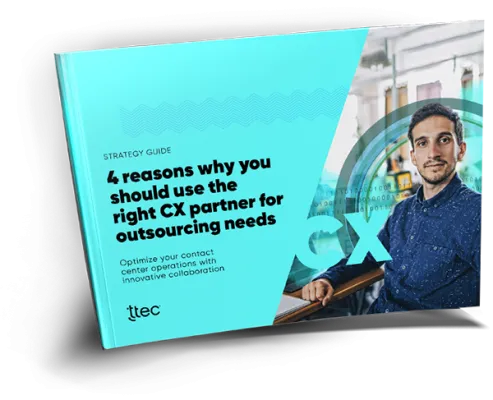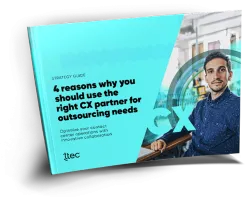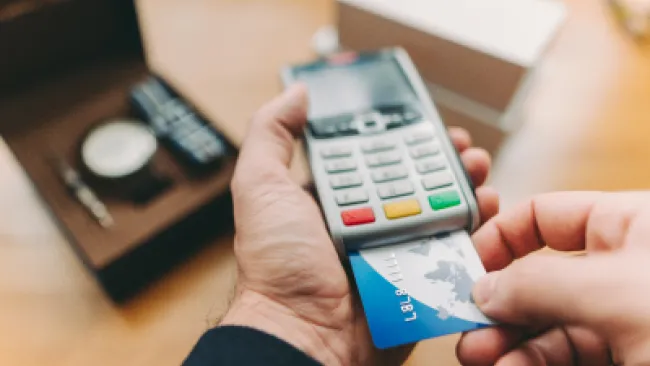How has COVID-19 affected customer and brand loyalty and what can businesses do to regain that loyalty? Here’s what industry experts, researchers, and customer experience leaders are seeing on the ground as major corporations to SMBs attempt to answer this very question.
Customer loyalty vs. brand loyalty: what’s the difference?
Customer loyalty relates to customers who transact with a business on a frequent and ongoing basis, largely for financial reasons. Brand loyalty on the other hand, describes consumers who are devoted to a brand because the brand’s mission or values resonate and/or they believe the brand offers a higher quality experience, product, or service than anyone else.
Prior to the pandemic, brand loyalty was on the rise, however the threshold for winning customers is higher than ever according to a report, The State of Brand Loyalty in the UK. It therefore makes good business sense to build both customer and brand loyalty, especially in today’s tumultuous economic environment.
A volatile loyalty landscape
When COVID-19 began to spread across the world, disrupting global supply chains and operations, many people abandoned their normal shopping patterns which created a domino effect. Consumers started stockpiling products, forcing other shoppers to purchase alternative brands or visit different shops. Customer loyalty also took a dive when customers experienced obstacles, such as a confusing website or app, or a difficult ordering process.
More than a third (39 percent) of respondents worldwide said they had bought from a new brand during quarantine, according to a survey of more than 8,000 consumers in Australia, Canada, France, Germany, the U.K., and the U.S. And 88 percent of shoppers who purchased new brands said they would keep buying those brands in the future.
Rethink, reset, rebuild
“Having things go wrong does not destroy loyalty per se. Not addressing, fixing, and apologising for those things is what causes resentment,” commented Neil Saunders, managing director of GlobalData, on a recent RetailWire forum.
Indeed, this is not the first time that companies have struggled to maintain customer and brand loyalty. It’s how they respond that will determine whether they can earn back the loyalty they’ve built with customers. To get it right, companies must start with the customer perspective, noted Lauren Volpe, chief experience officer at QuadPay.
Speaking at a recent virtual conference, ICMI Contact Center Expo, Volpe explained the importance of understanding how customers navigate through a company’s various channels and then working to remove obstacles within those channels. This is where customer experience management, if executed correctly, can help, she said.
“Experience management relies on two types of data: experience data—how customers feel about an experience [with a brand]—and operational data, Volpe explained. “Operational data can reveal what has happened in the past but it lacks the insights into why something happened and why it could potentially occur again. Companies need to find the right balance of experience and operational data.” The end result, she added, should be an effortless experience that builds customer satisfaction and loyalty.
For many companies, customer loyalty and brand loyalty practically disappeared overnight in the face of COVID-19. Smart companies that survive the fallout will seise this opportunity to create and reinforce positive brand experiences that turn a survival story into one about thriving.
Learn more about how to keep customers engaged and hit key business goals here or contact us.
















